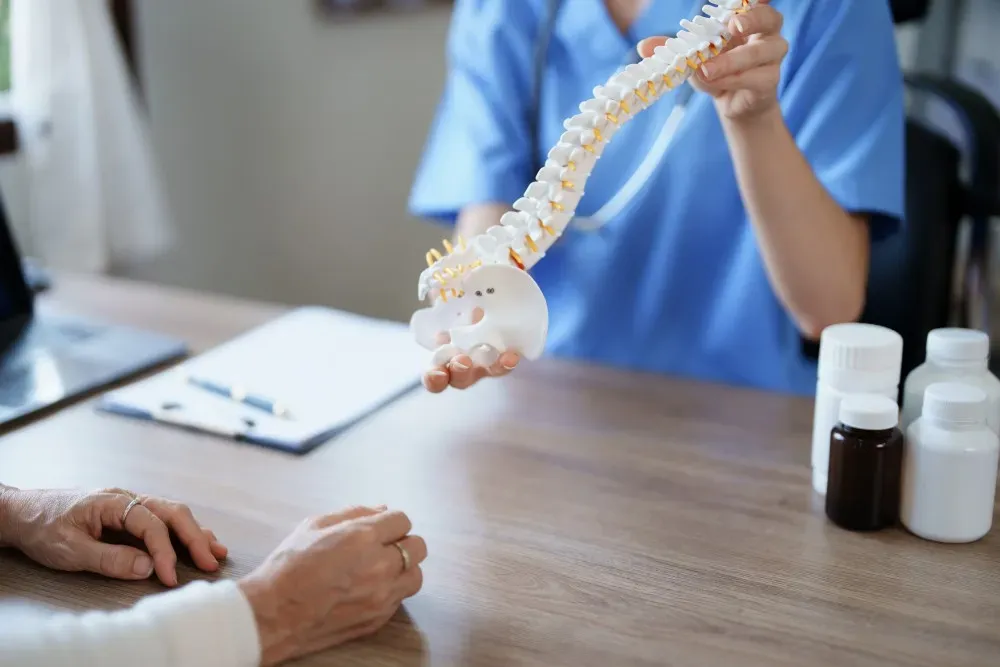Neurosurgery & Orthopedic Surgeons in Jacksonville

Is Hip Impingement to Blame for Your Pain?
Creaky, painful hips are often thought of as a senior issue. However, you’ll likely start feeling the effects of hip impingement long before you hit retirement. Check these facts about hip pain and when your physician might suspect impingement.
Hip impingement can cause pain in older adults but typically starts making its presence known in active teens and young athletes. The condition is often aggravated by sports or training activities that require a lot of hip twisting or squatting.
The orthopedic specialists at Integrity Spine & Orthopedics in Jacksonville, Florida, are well versed in diagnosing and treating all types of hip pain. They aim to resolve your pain as quickly as possible and get you moving again with the most innovative services available.
What is hip impingement?
The hip is a ball-and-socket joint that involves the pelvis and the upper thigh bone (femoral head). The acetabulum is a groove in the pelvis bone that forms a cup-shaped socket in which the ball-shaped femoral head fits.
Ordinarily, the close fit of the femoral head into the acetabulum and the slippery smoothness provided by cartilage covering both structures help ensure frictionless movement of the joint. Hip impingement occurs when unusual bone growth interferes with joint movement, causing pain and stiffness.
Physicians categorize hip impingement as one of three types:
Cam impingement
Cam impingement occurs when the ball at the top of the femur is more oval than round, preventing smooth hip motion as it grinds against the cartilage covering the socket.
Pincer impingement
Pincer hip impingement likely occurs during childhood development, resulting in bone extending over the edge of the socket. This can eventually cause premature wearing of the joint cartilage (osteoarthritis).
Combined or mixed impingement
You have combined hip impingement if both pincer and cam types are present.
How do you know it’s hip impingement?
Your care at Integrity Spine & Orthopedics starts with an evaluation that includes a physical exam and a careful review of your symptoms. You’ll also require X-rays, or possibly more advanced imaging studies, to confirm the diagnosis and level of joint damage.
However, hip impingement causes specific symptoms that may provide clues. For instance, pain and stiffness associated with impingement often start at the front part of the hip in the groin area or thigh.
Your discomfort may worsen with physical activity or prolonged sitting. Limping is another common symptom of impingement. And as noted, hip impingement is typically first diagnosed in active teens and young adults, so age may be a factor your provider considers.
Not everyone with hip impingement develops symptoms. However, your provider may discover the condition during an evaluation for another hip disorder, such as osteoarthritis.
How do you treat hip impingement?
After determining the type of impingement and the extent of joint dysfunction or damage, your specialist creates a treatment strategy tailored to your needs.
In most cases, the Integrity Spine & Orthopedics team starts with conservative therapies, which may include:
- Nonsteroidal anti-inflammatory medications (NSAIDs)
- Corticosteroid joint injection to reduce inflammation and pain
- Activity modification
- Physical therapy to increase flexibility and strength
If these treatments fail to provide adequate relief, your provider may recommend surgery to address hip impingement. Our team recommends minimally invasive surgical procedures to help speed healing and reduce post-surgical discomfort whenever possible.
Schedule an evaluation at Integrity Spine & Orthopedics today for more information about our services. Call the office or request an appointment online.




